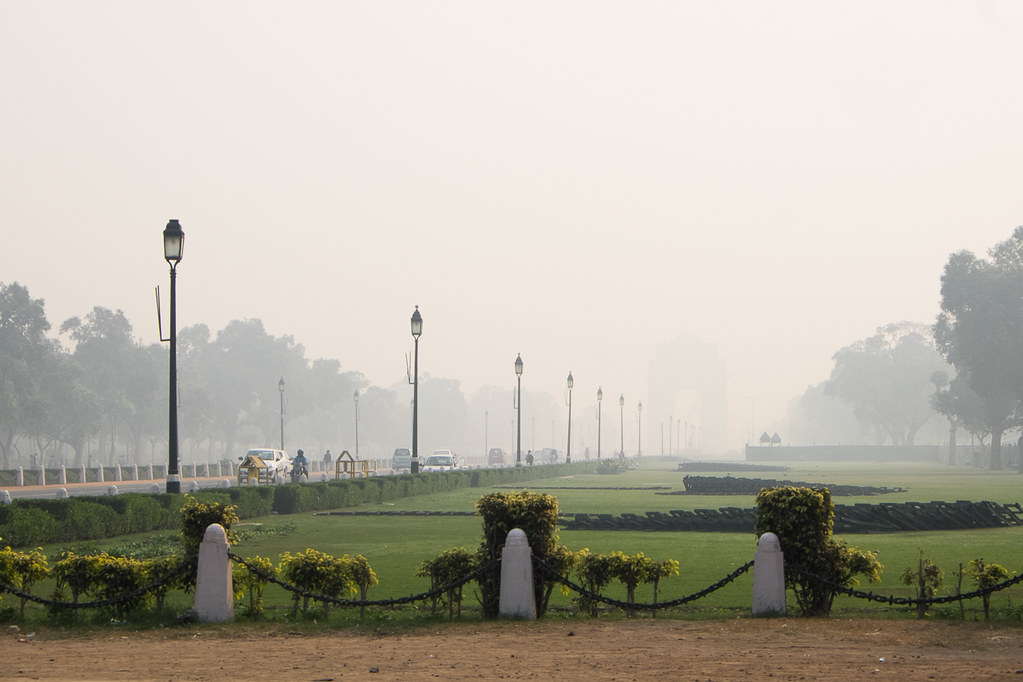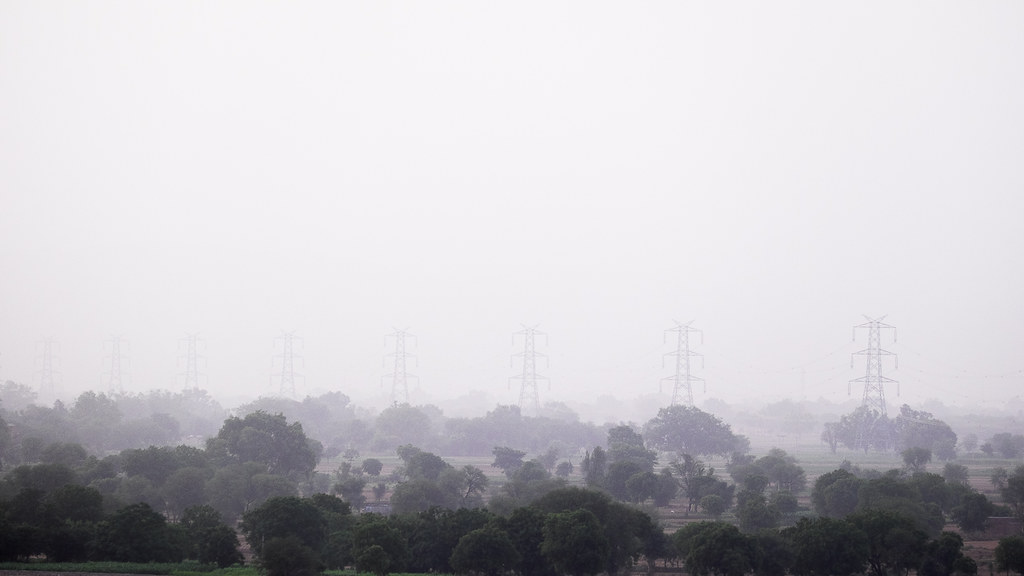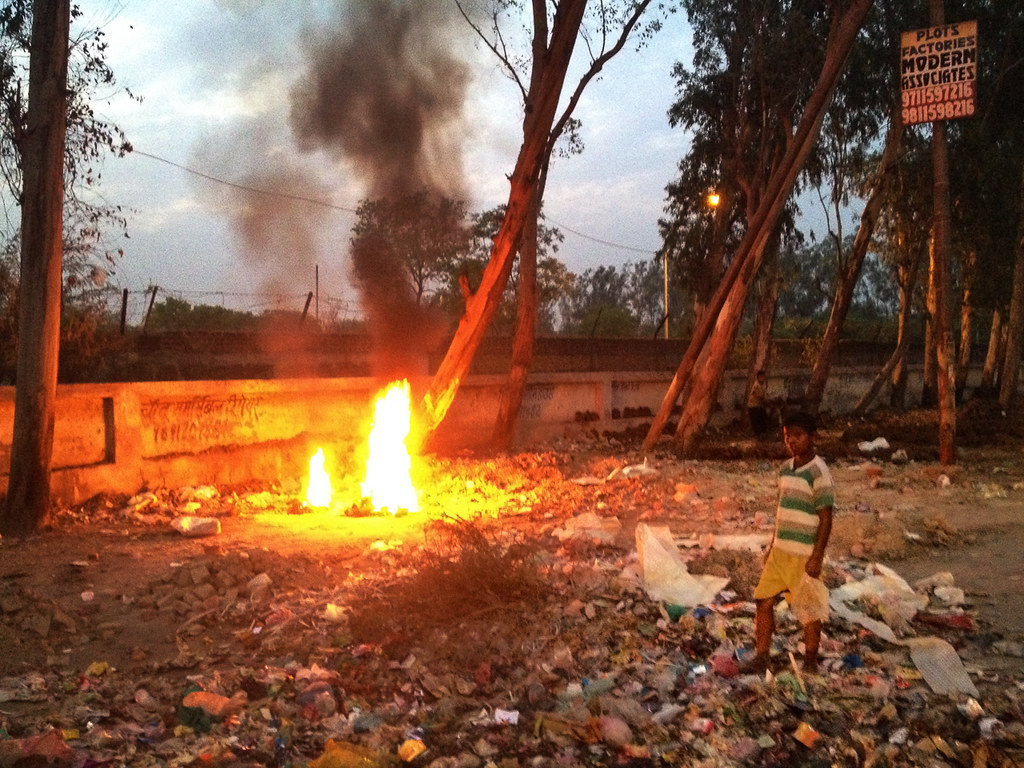Delhi's Air Catastrophe
The World Health Organization recently ranked Delhi's air as the most polluted in the world, worse even than Beijing's. The pollution comes from a number of sources: the dusty environment, hoards of cars and trucks, waste burning, coal-fired power plants within the city, and brick kilns on the outskirts (see this infographic for a more detailed breakdown). Delhi's air becomes especially nasty in the winter, when there is little wind to push fresh air into the city and a large number of the city's inhabitants resort to burning trash and biomass to stay warm.
In Beijing, air pollution is thought to reduce life expectancy by 5.5 years. In Delhi, where PM2.5 levels (a measure of the smallest, most harmful air pollutants) were 45% higher than Beijing last year, the effect could be much more severe. Making matters worse, there is little public knowledge of or concern about the air quality in Delhi. In Beijing, nearly everyone will wear face masks when the air turns bad. In Delhi, most people aren't even thinking about air pollution, and it is exceedingly rare to see anybody wearing a face mask. This will change, I hope, but for the time being, Delhi's air pollution is a public health catastrophe that is unfolding largely unnoticed by the 20 million people in the region.
In Beijing, air pollution is thought to reduce life expectancy by 5.5 years. In Delhi, where PM2.5 levels (a measure of the smallest, most harmful air pollutants) were 45% higher than Beijing last year, the effect could be much more severe. Making matters worse, there is little public knowledge of or concern about the air quality in Delhi. In Beijing, nearly everyone will wear face masks when the air turns bad. In Delhi, most people aren't even thinking about air pollution, and it is exceedingly rare to see anybody wearing a face mask. This will change, I hope, but for the time being, Delhi's air pollution is a public health catastrophe that is unfolding largely unnoticed by the 20 million people in the region.
India Gate is shrouded in smog during a winter morning in Delhi. Air pollution levels in Delhi are some of the highest in the world - posing a serious public health risk to the city's 20 million inhabitants.
Men in Ghaziabad's Sahibabad Industrial Area crowd around a small fire to stay warm in the winter. Waste burning accounts for 27.5% of PM2.5 emissions in Delhi, but for many it is a cheap and necessary source of heat in the winter.
Delhi's Rajghat Power Station, a 135MW coal-fired power plant located along the Yumuna River in the heart of Delhi. The plant was shut down in early December to improve air quality.
Rush hour traffic on the Mehrauli Gurgoan road. Vehicle traffic contributes to 18% of PM2.5 emissions in Delhi.
High-voltage power transmission lines dot the landscape in rural Alwar, Rajasthan, around 200km outside of Delhi. A combination of fog and crop burning created a hazy skyline.
---
The quality of this photo isn't great because I took it on my phone at night, but it will give you a sense of the scale of trash burning in Delhi. This is a large trash fire outside of my office in the Sahibabad Industrial Area, Ghaziabad. Trash fires like this were extremely common in winter because people needed to stay warm, but also in other times of the year because the municipal trash collection systems in the area seemed to be completely broken, if they exist at all.
a quickr pickr post











0 comments:
Post a Comment